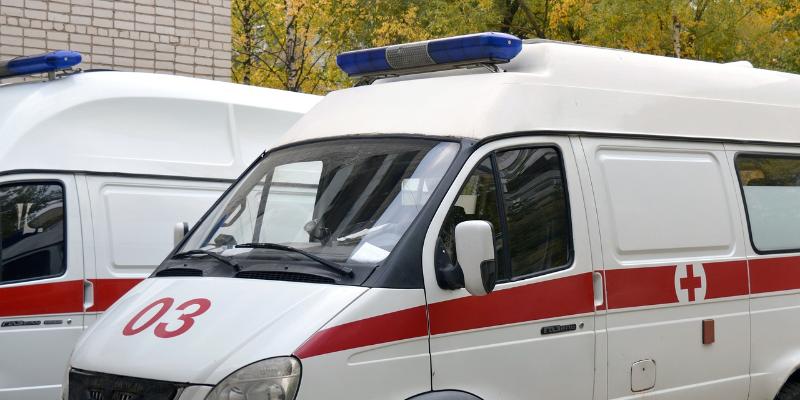You should call an ambulance only in life- and health-threatening situations. However, we are not always able to assess the gravity of a situation. In such a situation we should call an emergency service and consult a dispatcher – even if he or she did not further your call, he or she will tell you what to do.
When should we call an ambulance?
A sudden loss of consciousness
Is always recommended to call the ambulance in case of a sudden loss of consciousness it. “Even if the patient wakes up immediately after and tells you that they are fine, you should still call the ambulance," highlighted one paramedic.
If the loss of consciousness is accompanied by vision or speech disorders, paresis of one or both limbs on the same side of the body, this can indicate a stroke. Then, the patient should be immediately transported to a hospital.
Chest pain
It does not have to always indicated a heart attack, but it should not be disregarded. In such an event, the dispatcher will probably ask you about the type of pain – burning, distending, stabbing, whether it radiates, and if so, in what direction. Radiating pain is characteristic of a heart attack, they we should call the ambulance immediately and reduce any physical efforts.
“It is best to align oneself in the anti-shock – half-lying – position," suggested the paramedic.
Convulsions
Convulsions of any kind are another symptom warranting calling the ambulance. They can be a symptom of many diseases, e.g. of a stroke.
Convulsions can also be dangerous in the case of epilepsy when we are not dealing with a single, short seizure, but with several consecutive seizures. This can be life-threatening, because of possible brain damage.
Paramedics underline that in case of a seizure, we should not stick anything into the patient’s mouth (a frequent mistake), but only protect the head – put something soft under it and hold it.
Fractures
We should call the ambulance in any event of long-bone fracture – thighs, shanks or arms. Any open fracture, that is when the bone has penetrated the skin, also warrants calling the ambulance.
Haemorrhage
The ambulance should be called especially in the event of an arterial haemorrhage. Also any bleeding from the gastrointestinal tract, such as bloody diarrhoea or vomiting is a good reason for doing so.
Abdominal pain
Acute abdominal pain, which does not go away after taking painkillers can also be a cause necessitating calling the ambulance.
However, much depends on the location of the pain. Pain that indicated appendicitis has its origin on the right side, above the groin. Another frequent location of pain is on the left side of the body, under the rib cage. It can indicate acute pancreatitis and also qualifies the patient for immediate treatment.
Fever
You should call the ambulance in any case of febrile seizure in children. Concerning adults – a fever above 39 degrees that persists for several days and which cannot be alleviated – also warrants calling the ambulance. Especially when the fever is accompanied by other symptoms, such as abdominal pain or skin lesions. Paramedics remind us that a high fever and ecchymoses can be the symptoms of sepsis.
Diabetes
When it comes to this disease, a hypoglycaemia-induced (due to low blood sugar) loss of consciousness or consciousness disturbances are not a rare sight. Patients are then usually pale and covered in characteristic sticky sweat.
If the patient is conscious and tells you that he or she is suffering from diabetes, you can give him or her, e.g. a sweet (patients usually have some in their pockets) or a sweet beverage. On the other hand, you should remember that you must not feed anything to an unconscious person. In such a case, the sugar level can be regulated only in the hospital.









Comments (0)